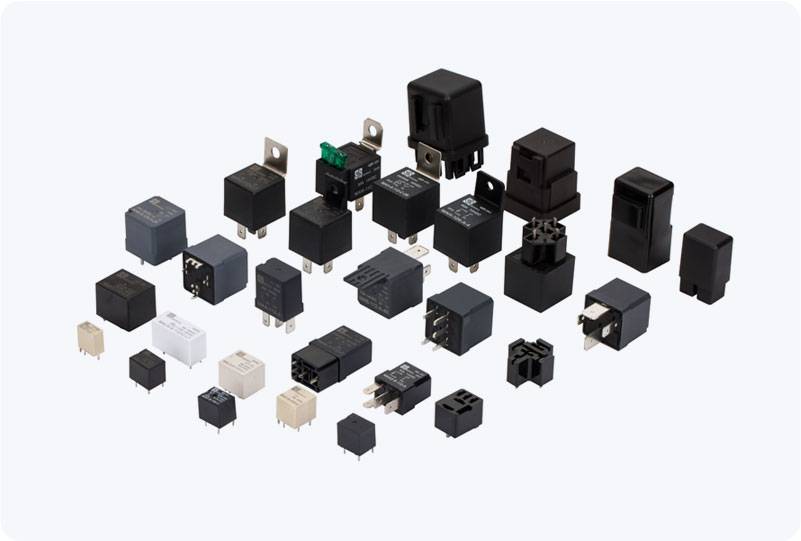understanding automation relay: a key component in industrial control systems
Release time:2025-06-09 15:34:33
Automation relay is a crucial component in modern industrial control systems, playing a key role in facilitating automation, enhancing operational efficiency, and ensuring safety. This electrical device allows signals to be transferred between circuits, switching them on and off based on the inputs received from control systems or sensors. With the growing demand for smarter, faster, and more reliable automation in various sectors, automation relays have become indispensable in numerous industrial and commercial applications.

What is an Automation Relay?
An automation relay is an electrically operated switch used to control a circuit by using a low-power signal to switch higher-power electrical circuits. It works by receiving input signals and, based on predefined conditions, actuates the switching of outputs that can trigger machinery, control valves, or perform other essential tasks. Essentially, relays act as intermediaries, translating control signals into physical actions within complex systems.
The basic structure of an automation relay consists of a coil, which, when energized, generates a magnetic field that moves a set of contacts, either opening or closing them. These contacts, in turn, allow or disallow the flow of current through the controlled circuit, thereby controlling other devices within the system.

